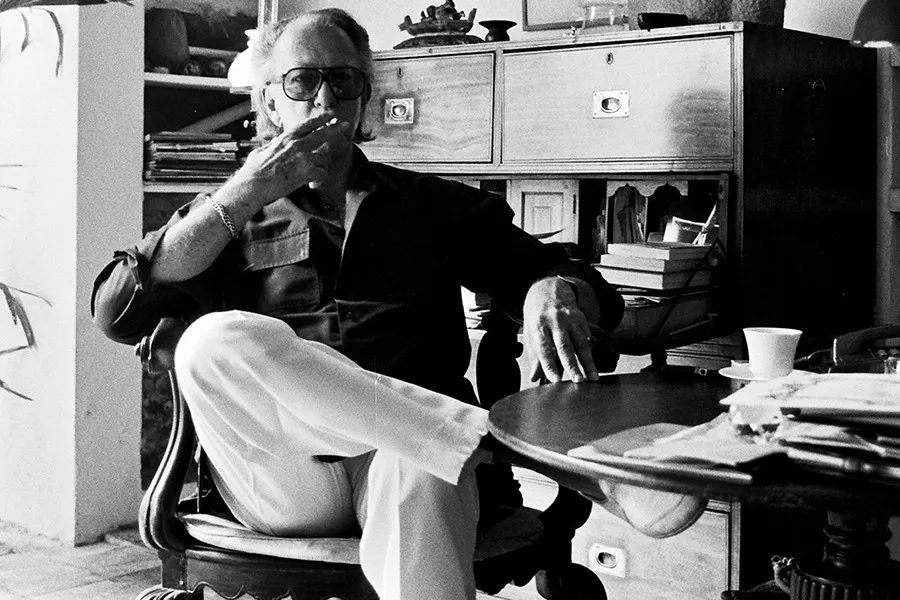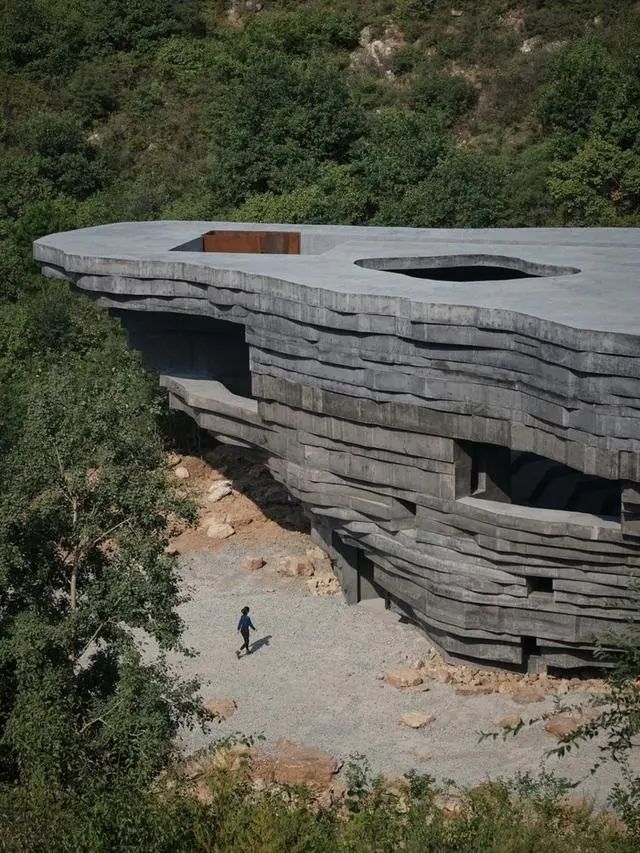In 1967, G.A.
Milan MII Buddhist Temple Site, Ruoqiang County in the south of Xinjiang Uygur Autonomous Region With the spread of Buddhist art in Central Asia, Parthian art has also had a certain impact on Western art.
After the opening of the Silk Road, China and Iran had friendly exchanges for more than 2000 years.
After that, all the bodies of Zoroastrians were buried in the cemetery in front of the Silent Tower.
Zoroastrianism originated in Persia in the 6th century BC.
Zoroastrian architecture and art became the object of imitation of Buddhism, Christianity, Manichaeism and Islamic art.
As we all know, Persian architectural art also has a profound impact on China.
This Buddhist temple is about 70 meters long and 40 meters wide.
The main purpose of our visit to Yazd is also to visit the holy places of Zoroastrianism.
In terms of arts and crafts, Persian glass, gold and silver ware, and woven gold brocade (Persian nasij) Its production techniques were introduced into China, greatly enriching the material life of ancient Chinese society.
Most of the believers who stayed in their hometown converted to Islam, but only a few of them still adhere to their faith and continue to practice celestial burial.
The top view of the Silent Tower building is selected from the 1896 Mumbai Jurisdiction Newsletter (Volume 11) collected by the British Library.
Persians ruled Gandhara for a hundred years, and it was destroyed in the Kusana Dynasty at the end of the first century AD.
In addition, Milan MII Buddhist Temple also has a Parthian style round hall, but there is no pagoda in the round hall, which is the same as the Parthian round hall ruins in the old Nisa city.
After the death of Zoroastrians, cremation and burial are forbidden, because fire is sacred, and burying corpses will pollute the land.
In terms of language, Persian became the most important international communication language on the Silk Road, and many Persian words were borrowed from Chinese.
In the center of the tower, there is a round well for human remains.
In 1979, the Iranian government issued a decree prohibiting celestial burial.
When the Parthians ruled Gandhara, Persian Zoroastrian architectural art had an important impact on Buddhist temples in Central Asia and even in Xinjiang.
Persian architectural art and its influence on ancient Chinese architecture “.
Just as Stein pointed out that the round hall of the Milan Oasis Buddhist Temple originated from the Parthian palace architecture, and the author of the Milan murals wrote the title in Kharoshthi, then the painter should come from Gandhara region.
At the beginning of the 20th century, Stein found a Parthian style wooden building component in the Nya site in the hinterland of the Taklimakan Desert, with the relief design of the protective vase of Griffin, which is now in the National Museum of India, New Delhi..
We will introduce Persian architectural art and its influence on ancient Chinese architecture in combination with Chinese archaeological discoveries and Iran’s field work in 2012.
In the middle of the 7th century, the Arabs invaded the Iranian Plateau.
Seen from the outside, the Silent Tower looks like a European medieval round castle.
Pugachenkova, a former Soviet scholar, found a Parthian style palace of the 2nd century BC in the ancient city of Old Nisa, Turkmenistan, with the ruins of the rotunda, which is very similar to Yazid’s Silent Tower.
Stein, an English archaeologist, found the site of MII Buddhist Temple in Milan in the form of a round hall in Parthian style.
The Parthian people took Nisa (Ashgabat in today’s Turkmenistan) as their capital to comprehensively revive Persian culture.
However, it still belonged to the Parthian Empire in name and was known as “India Parthian Dynasty” or “Gondophares Dynasty” in history.
In 247 BC, the Parthian tribal leader Arsacids launched an army in eastern Persia, and finally killed the governor of the Seleucid ancient dynasty, ending the Greek rule over Persia for a hundred years.
With thousands of years of civilization, the Holy Land of the Fire Jacket Cult and the Silent Tower have become historical and cultural relics, attracting tourists from all over the world.
In terms of religion, Persian Zoroastrianism, Nestorianism, and Manichaeism were introduced into China successively, which had a significant impact on ancient Chinese religions.
The Gandhara Buddhist temple excavated by the British archaeologist G.C.
The center on the left of the top view photo of the site of Sirkapu is the Parthian style round hall hall mentioned in the text in the 2nd century A.D., and the Parthian style Buddhist temples spread eastward along the Silk Road to the Milan Oasis at the southeast edge of the Tarim Basin.
Western scholars called it the “Parthian Empire”; In the Chinese history books, the name of Athos, the founder of Parthia, is “rest in peace”.
After the death of Zoroastrians, the corpses should be sent to the Silent Tower for celestial burial on the top of the mountain for hunting dogs or hawks to peck, and then the corpses should be put into bone holding vessels for storage.
Under the influence of Zoroastrian Silent Tower art, Persian craftsmen in the Parthian Empire built many round hall palaces.
Marshall at the Sirkapu site in Pakistan has the Parthian architectural style.
When the funeral is held, the corpse is first placed on the stone paved ground in the tower, and the hunting dogs or vultures are allowed to peck the flesh of the corpse.
At the end of the first century BC, the Persian nobleman Gondophares invaded Central Asia and separated Gandhara (northern Pakistan and southern Afghanistan).
Zoroastrianism is one of the oldest religions in the world.
At the beginning of the 20th century, M.A.
The Iranian guide was familiar with the road, and took us through a fire Zoroastrian village that had been deserted for many years at the foot of a hill, and then climbed to the top of the mountain to pay tribute to the fire Zoroastrian Silent Tower.
After the bones are dried in the strong sun, they are put into a round well, and finally the remains are put into bone containers for storage.
Source: transferred from the “Silk Road Heritage” WeChat official account, originally published in the Forbidden City, Issue 07, 2012.
There is a Pattayan round hall hall in the temple.
Persian Zoroastrians fled in large numbers to the west coast of India and moved to Mumbai.




